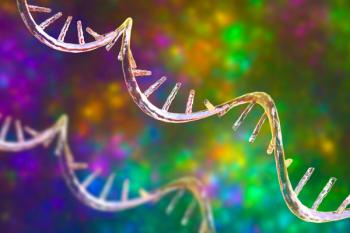
New EBSD Detector Features Advanced Sensors and Optics
The Lumis electron backscatter diffraction (EBSD) detector incorporates a large-format complementary metal oxide semiconductor (CMOS) sensor to enable higher sample throughput, higher resolution measurements, and precise phase identification.
Thermo Fisher Scientific’s Lumis electron backscatter diffraction (EBSD) detector for electron microscopy is suited to help scientists, researchers, and engineers quickly and accurately identify new materials and understand how the structure of a material affects its properties.
The detector incorporates advanced optics with a new large-format complementary metal oxide semiconductor (CMOS) sensor that collects more than 2.2 megapixels to enable higher sample throughput, higher resolution measurements, and more precise phase identification. The CMOS sensor provides improved sensitivity at high frame rates due to a high dynamic range, increased quantum efficiency, and advanced noise management.
Scientists and researchers in metallurgy, geophysics, and other disciplines can use the Lumis EBSD detector to identify crystallographic phases and grain properties, as well as to monitor structural transformations in samples. The detector is also suited to help microscopists better understand failure mechanisms.
Additional benefits of the Lumis EBSD detector include:
- Compatibility with Thermo Scientific Pathfinder 2.0 microanalysis software, including new indexing algorithms
- High-speed data collection at several thousand frames per second
- Acquisition of patterns at probe currents below 10 pA for samples sensitive to microscope beam currents.
Source:
Newsletter
Stay at the forefront of biopharmaceutical innovation—subscribe to BioPharm International for expert insights on drug development, manufacturing, compliance, and more.




